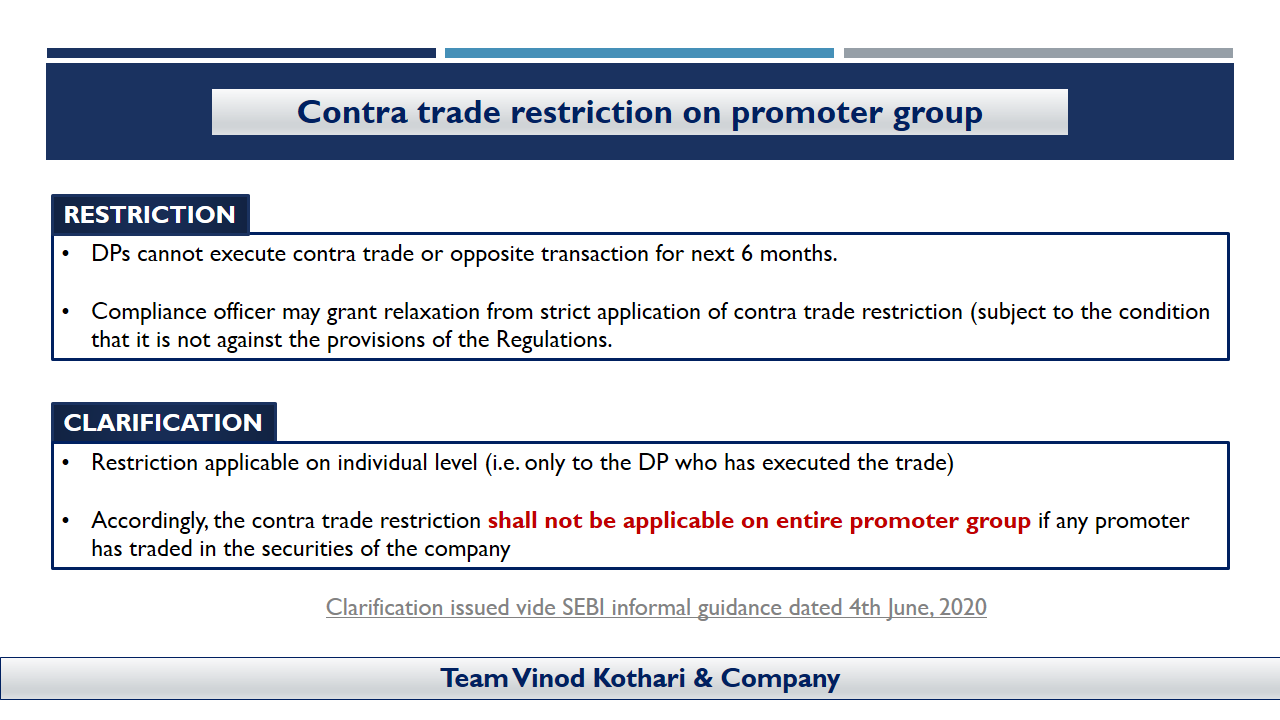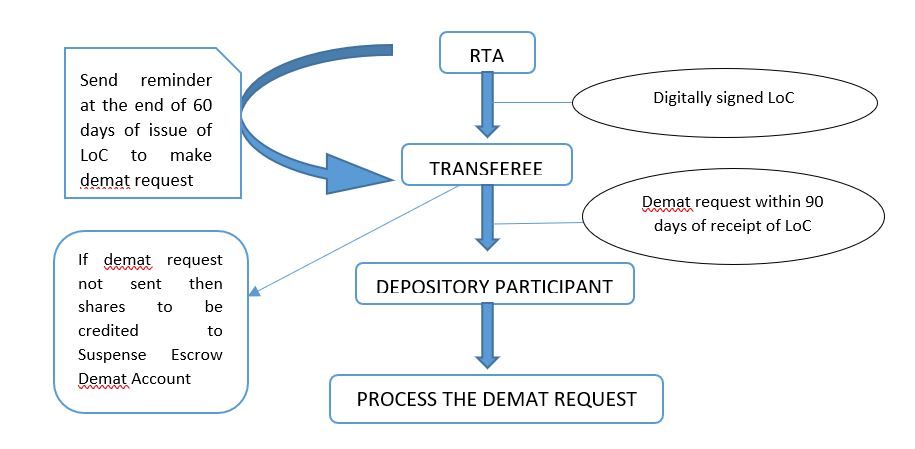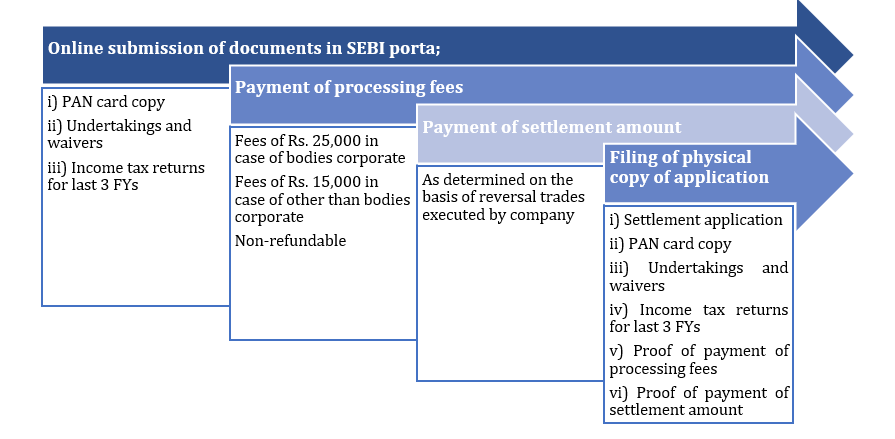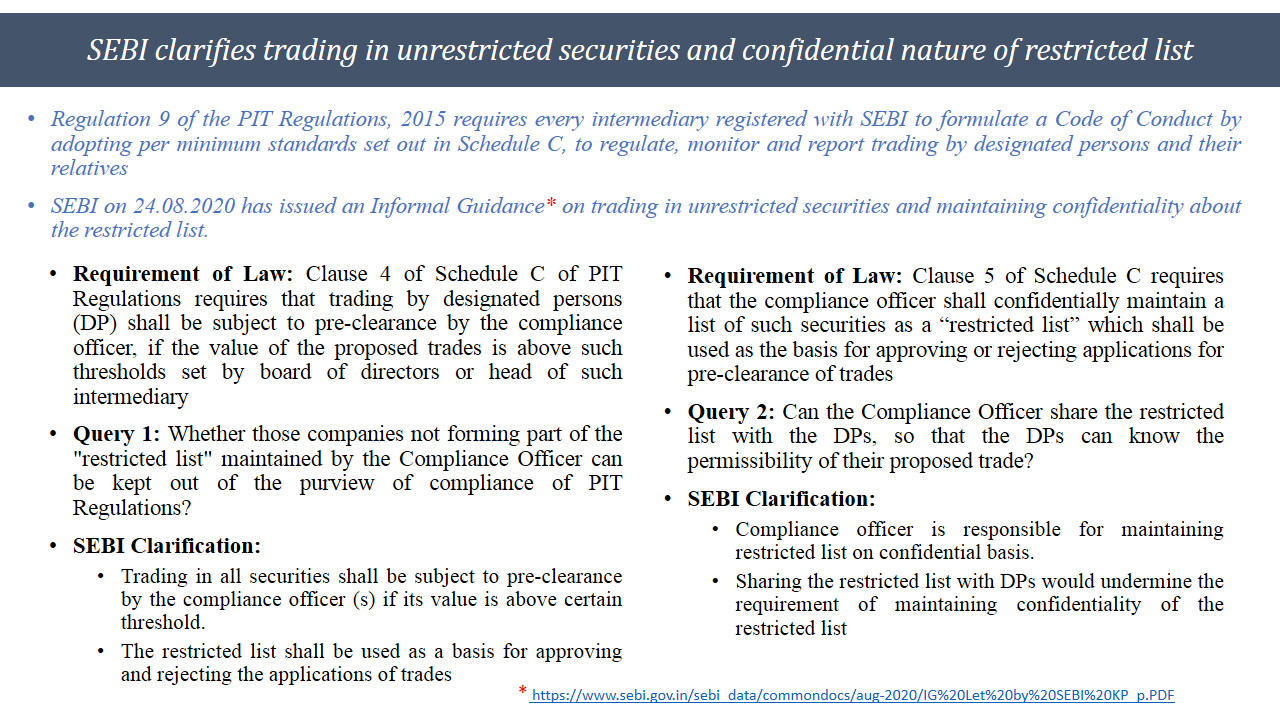Eligibility and disclosures under rights issue rationalized
– Qasim Saif, Executive
Background
SEBI has on 23rd September 2020 released a press release[1] intimating about amendments to be made in SEBI ICDR Regulations, 2018 (“ICDR Regulations”/ “Regulations”) 2018. Further, on 28th September 2020, SEBI issued a notification bringing the SEBI (ICDR) (Fourth Amendment) Regulations, 2020[2] (“Amendment”) which was notified in official gazette on 1st October 2020. The Amendment is specifically focused for matters in relation to rights issue by listed entities. Several changes have been made which includes increasing the threshold for applicability, truncated disclosures in the letter of offer, removing the requirement for appointing a compliance officer, etc. At various places, the amendment is for the purpose of clarification or straightening of language of the Regulations.
In this article we have discussed the major amendments along with the probable impact.
Areas for amendments
1. Increase in issue size for checking applicability
Erstwhile, ICDR Regulations were applicable in case of a rights issue for a size exceeding INR 10 crores. Further, the draft letter of offer (“draft LOF”) in such cases is required to be filled with SEBI for its observations. In other cases, i.e. where the issue size is less than INR10 crores the letter of offer (“LOF”) is to be filled with SEBI for information and dissemination on the SEBI’s website in accordance with Regulation 3. As a matter of temporary relaxation, SEBI vide its Circular dated 21st April, 2020 (April Circular) increased the aforesaid threshold to INR 25 crore for issues opening on or before March, 2020.
By virtue of the Amendment, the limit of INR 10 crores under Regulation 3 has been increased to INR 50 crores. This would mean that while the general conditions and compliance will now be applicable to issue size of INR 50 crore or more, listed companies with a lower issue size will be required to file the LOF with SEBI for informative purpose.
As a result of the Amendment, while the applicability threshold has been increased, however, the companies with a lower issue size are still required to prepare the LOF in terms of the requirements of the ICDR Regulations and file the same with SEBI. Accordingly, while the change will surely be of relief to the entities which are now outside the applicability these Regulations, however, preparation of the LOF in terms of these Regulations will still be required.
Further to this, it should also be noted that practically filling of draft LOF for the purpose of obtaining observations from SEBI and then making prescribed changes generally takes several months. Accordingly, now since many entities will not be required to take the observations from SEBI, the same should help entities raise funds faster.
2. Relaxation in eligibility to make right issue, for members of promoter group and promoter or director of company who are director in entities, which were earlier debarred by SEBI
Regulation 61 of ICDR Regulations state that an issuer shall not be eligible to make a rights issue of specified securities:
a) if the issuer, any of its promoters, promoter group or directors of the issuer are debarred from accessing the capital market by the Board;
b)if any of the promoters or directors of the issuer is a promoter or director of any other company which is debarred from accessing the capital market by the Board.
c) if any of its promoters or directors is a fugitive economic offender.
Further, explanation to the said Regulations state that “the restrictions under (a) and (b) above will not apply to the promoters or directors of the issuer who were debarred in the past by the Board and the period of debarment is already over as on the date of filing of the draft letter of offer.”
However, the language of the said explanation did not cover promoter group or other entities where the promoter or director of the issuer holds similar and which is debarred by SEBI. This lacuna in the language of the existing text gives an impression to result in a permanent restriction on right issue if the members of the promoter group were debarred or unless the concerned person vacated the post in the other entity which was debarred by SEBI from accessing the capital market.
The explanation shall now read as follows “the restrictions under (a) and (b) above will not apply to the persons or entities mentioned therein who were debarred in the past by the Board and the period of debarment is already over as on the date of filing of the draft letter of offer.” After the amendment, all the mentioned persons or entities are now covered under the explanation and hence on completion of period of debarment, the issuer shall be eligible to undertake the right issue.
The above amendment is much needed clarification in the language rather than a relaxation
3. Firm arrangement towards 75% of finance of capital expenditures only
Regulation 62 (1) (c) of ICDR Regulations require that issuer shall make firm arrangements of finance through verifiable means towards seventy five per cent of the stated means of finance for the specific project proposed to be funded from right issue, excluding the amount to be raised through the proposed rights issue or through existing identifiable internal accruals.
The Amendment introduces an explanation to the said clause stating “For the purpose of this regulation ‘finance for the specific project’ shall mean finance of capital expenditures only.”
The addition of explanation provides a clarity on calculation of amount that the company has to make firm arrangement for. The explanation also provides a simplification in compliance, as in most projects the capital expenditure are highly predictable unlike revenue expenditure that vary significantly and may not be estimated accurately.
4. Removing the requirement to appoint a Compliance officer.
The Regulation 69 (8) of the ICDR Regulations require appointment of Compliance Officer by the issuer who shall be responsible for monitoring the compliance of the securities laws and for redressal of investors’ grievances. The said regulation has been omitted by the amendments.
Further the name of Part IV of Chapter III of ICDR Regulations has been suitably changed from “Appointment of Lead Managers, Other Intermediaries and Compliance Officer” to “Appointment of Lead Managers and Other Intermediaries”
Removing the requirement to appoint a compliance officer is a much needed amendment since the lead manager/ designated lead manager to the issue is any way required to ensure compliance with several applicable laws. Accordingly, it was a redundant practice to designate a compliance officer separately for a rights issue.
5. Changes in Disclosure requirements
Regulation 70 of ICDR Regulations require that certain disclosure be made under LOF and Draft LOF. The SEBI has proposed that specified entities shall be required to make disclosures in format provided under Part A or Part-B of Schedule VI.
Disclosure requirements under Part B of Schedule VI have been rationalized to avoid duplication of information in LOF, especially the information which is already available in public domain and is disclosed by the companies in compliance with the disclosure requirements under SEBI listing regulations.
However, the Issuer not fulfilling the conditions above will be required to make disclosures in the format given in Part B-1 of Schedule VI, the disclosures in Part B-1 would be more detailed than that in Part B, however it shall be truncated as compared to Part A, that is applicable for IPO or FPO.
The Part-B of Schedule VI states that following entities shall be eligible to make disclosers under the given format –
1) Issuer has been filing periodic reports, statements and information in compliance with listing regulations for the last one year (instead of the last three years as required earlier) immediately preceding the date of filing Draft LOF or LOF as the case may be.
2) Statement above shall be available on website of Stock Exchanges.
3) the issuer has investor grievance-handling mechanism which includes meeting of the Stakeholders’ Relationship Committee at frequent intervals, appropriate delegation of power by the board of directors of the issuer as regards share transfer and clearly laid down systems and procedures for timely and satisfactory redressed of investor grievances
The mentioned rationalization of disclosures would not only save the listed entities from duplication of task of providing same information that is already disclosed repeatedly but will also ease the accessing of reports by the stakeholders. The decluttering of the disclosures would be beneficial for all, Issuer, investor as well as regulators.
6. Relaxation in Minimum 90% subscription criteria
Regulation 86(1) of ICDR Regulations require that the minimum subscription to be received in the right issue shall be at least ninety per cent of the offer through the offer document, the said limit was temporally relaxed to 75% by the April Circular.
The amendment proposes to remove mandatory requirement of minimum 90% subscription in case the issue is for the purpose of financing other than capital expenditure for a project, provided that the promoters undertake to subscribe fully to their portion of rights entitlement.
The said relaxation should help the issuers looking for financing their business by right issue, specifically for general financing needs of business. The condition that the promoters would be needed to subscribe their entitlements completely would help safeguard the interest of other subscribers.
7. Application in plain paper to contain all the disclosures under the ICDR Regulations
Regulation 78 of ICDR Regulation allow shareholders to make application on plain paper in case he/she has not received application from for the right issue. SEBI has included a proviso to the regulation stating that “SCSBs shall accept such application forms only if all details required for making the application as per these regulations are specified in the plain paper application”.
On a general basis an application form contains following details to be entered by the shareholder-
– Name of Issuer
– Name and address of the Equity Shareholder including joint holders;
– Registered Folio Number/DP and Client ID no.;
– Number of Equity Shares held as on Record Date;
– Number of Rights Equity Shares entitled to;
– Number of Rights Equity Shares applied for;
– Number of additional Rights Equity Shares applied for, if any;
– Total number of Rights Equity Shares applied for;
– Total amount paid
– Particulars of cheque/demand draft;
– Savings/Current Account Number and name and address of the bank where the Equity Shareholder will be etc.
8. FTRI in case of pending Show Cause Notice
Regulation 99 of the ICDR Regulations provide for eligibility criteria for Fast Track Rights Issue (FTRI). FTRI is a faster method of raising funds through right issue whereby the issuer is not required to file draft LOF to SEBI for observations, this makes the process of right issue comparatively faster, enabling issuer to get funds faster.
Clause (h) of the aforesaid regulation restricts the rights issue in case show cause notice have been issued or prosecution proceedings have been initiated by the Board and pending against the issuer or its promoters or whole-time directors.
The amendment provides that the above clause shall now exclude the cases where notice is issued in regards to proceedings for imposition of penalty. However it shall be necessary that disclosures along with potential adverse impact on the issuer are made in the letter of offer.
The said amendment would help compliant companies against whom SCN is issued for violations that are not of serious nature and require only imposition of penalty. As discussed FTRI facilitates faster and cheaper raising of finance by the company, the relaxation would promote the companies to undertake right issue for fund raising activities.
Conclusion
Rights issue has been constantly gaining popularity in India with corporate giants such as Reliance Industries, Shriram Transport Finance and Bajaj electrical have chosen the same as a way to raise funds during the pandemic. In order to promote the right issue as a way of raising funds and ease the funding for listed companies the SEBI has made the amendment.
The Amendments are in the directions to make the offer by way of rights issue easier and do away with disclosures or compliance requirements which were duplicated or redundant. Further, the relaxation in minimum subscription and eligibility criteria for FTRI should come to the rescue of the listed entities to raise funds in the times when most businesses are facing liquidity issues.
[1] https://www.sebi.gov.in/sebiweb/home/HomeAction.do?doListing=yes&sid=6&ssid=23&smid=0
[2] https://www.sebi.gov.in/web/?file=https://www.sebi.gov.in/sebi_data/attachdocs/sep-2020/1601363043311.pdf#page=1&zoom=page-width,-16,610
Our related write ups can be viewed here-
http://vinodkothari.com/2020/04/highlights-of-sebis-temporary-relaxations-for-rights-issue/
http://vinodkothari.com/2020/04/mof-amends-fdi-norms-for-rights-issue-and-insurance-sector/
[1] https://www.sebi.gov.in/sebiweb/home/HomeAction.do?doListing=yes&sid=6&ssid=23&smid=0
[2] https://www.sebi.gov.in/web/?file=https://www.sebi.gov.in/sebi_data/attachdocs/sep-2020/1601363043311.pdf




